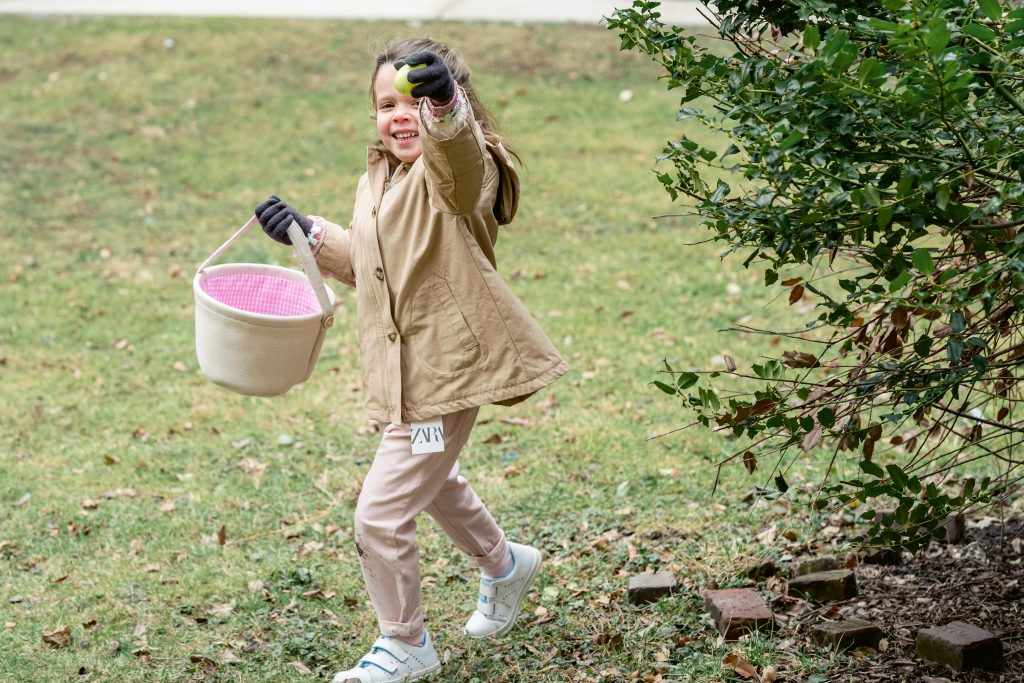Choose Clothes That Adapt to Different Activities
Children are active, and their clothes need to adapt to various settings, from school to sports and family outings. Each category of clothing should cover multiple activities, focusing on comfort, durability, and ease of movement. Find out more details about dock boot.



